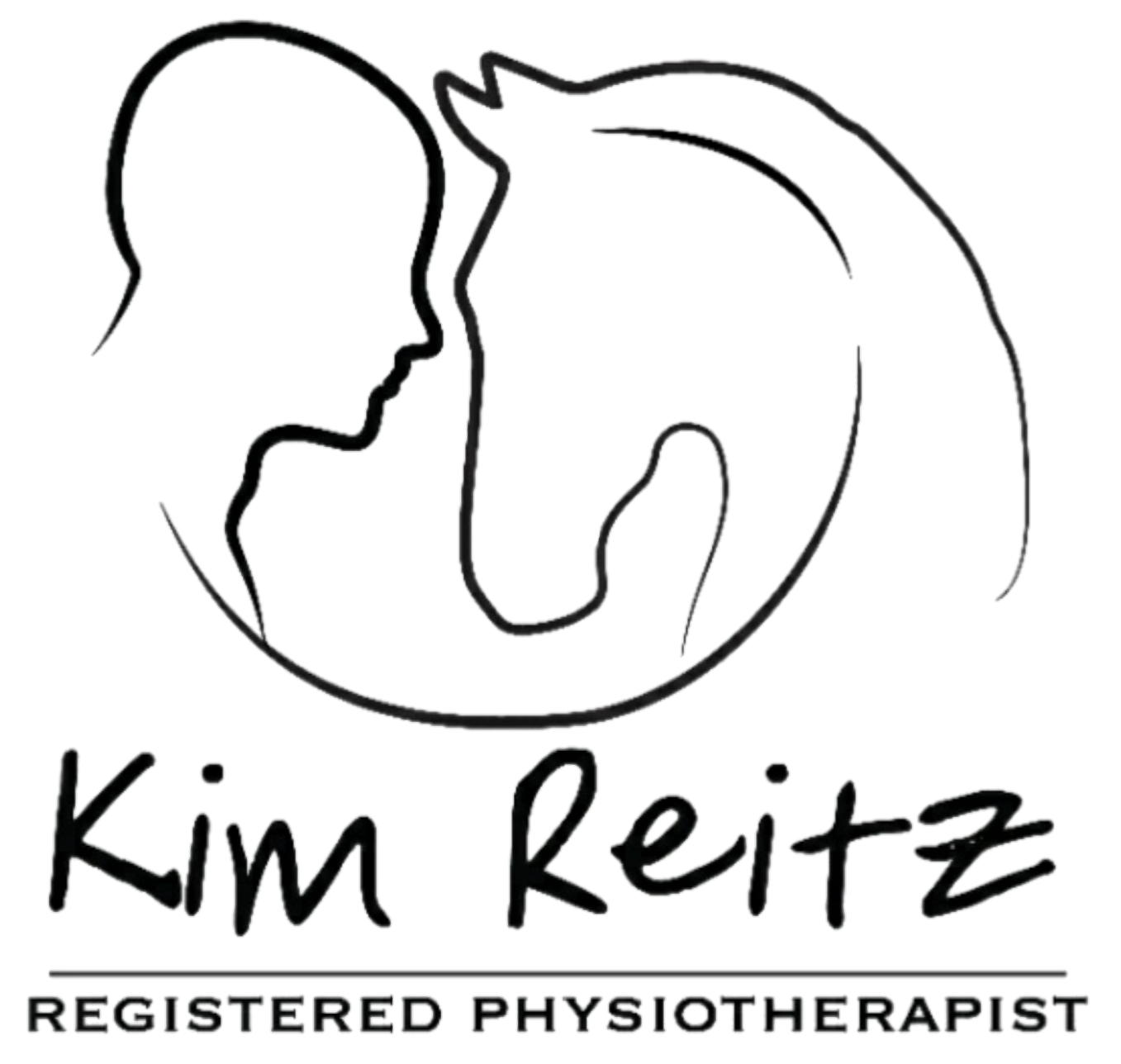Headaches will affect each and every one of us at some point in our lives, whether it’s a tension type headache or a much more severe migraine-type headache, to name only two. Normally one would take an analgesic, a non-steroidal anti-inflammatory pill or even a muscle relaxant to try to relieve the pain.
Headaches may be precipitated by stress, posture and food triggers, among other things. Sometimes the pressure and pain will be on one side of your head, sometimes on both, sometimes at the back or even in the front, in a band-like pattern above the eyes. This may be accompanied by nausea, light sensitivity or visual disturbances. In the case of a migraine, one might get an “aura”, which is an early warning system that something is coming. At this point, migraine sufferers could take an abortive medication, which helps to stop the migraine.
Physiotherapy can be very effective in managing headaches, especially those that are tension related or cervicogenic in nature. This means that they are caused by stiffness or dysfunction in the neck, mainly in the upper three cervical vertebrae as they have a nerve nucleus that interfaces directly with the head and face. By using modalities such as joint mobilisation, soft tissue mobilisation of specific muscle groups that refer pain into the neck and head, and electrotherapy to increase blood supply to the affected areas and to make them more receptive to anti-inflammatory substances that the body naturally produces. If the spasms or trigger points in the muscles are particularly stubborn and difficult to release, dry needling can be used to encourage the trigger points to release and therefore the muscles to relax.
Home management includes the application of heat, as well as stretching techniques and strengthening of the stabilising muscles of the head and neck to maintain joint and muscle health and thereby reduce the frequency of headaches.
In conclusion, if you suffer from frequent headaches or are just tired of popping a pill every time your head is sore, why not consider a visit to your physiotherapist in order to work on a more long term solution?
Background photo created by freepik – www.freepik.com

